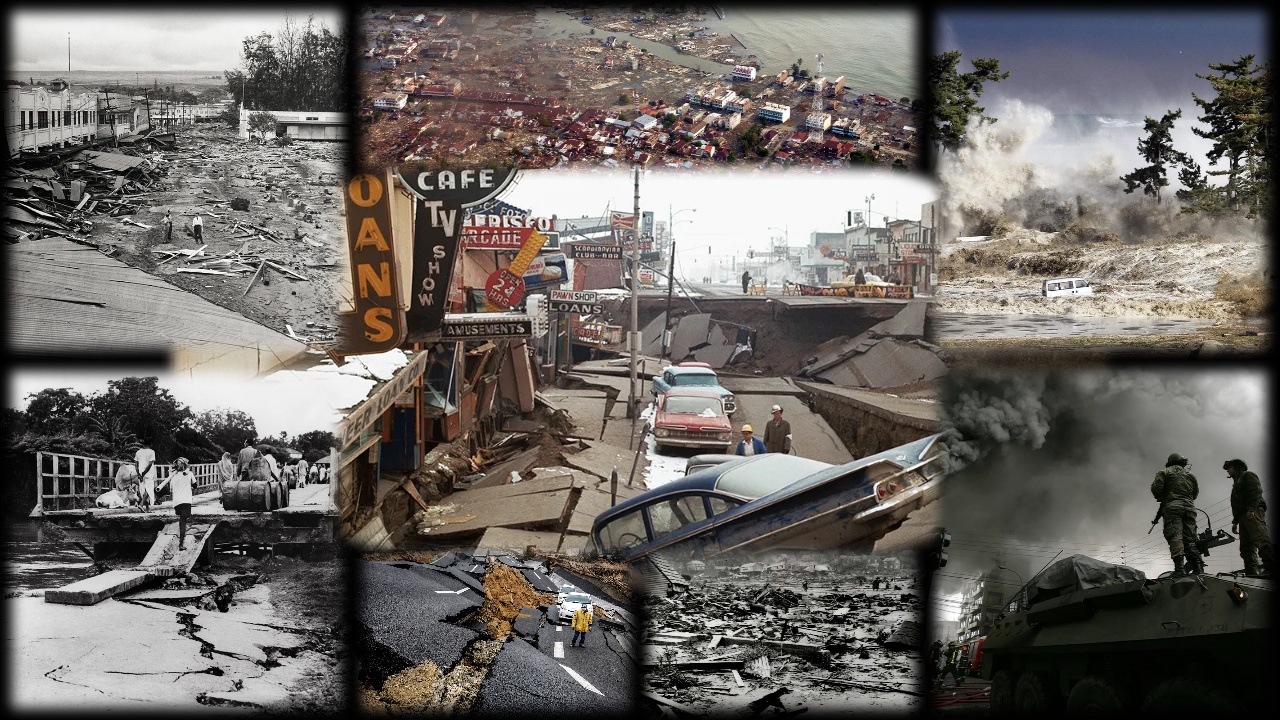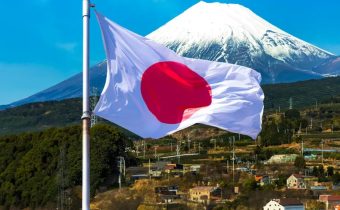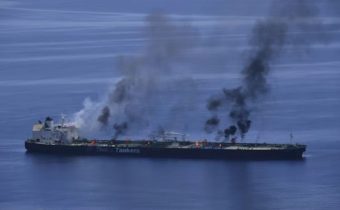Earthquakes have shaped human history, leaving devastation in their wake. According to the United States Geological Survey (USGS), all of the 10 largest earthquakes ever recorded occurred after 1900. Here’s a closer look at these catastrophic events:
-
Valdivia, Chile (1960)—Magnitude 9.5
The strongest earthquake ever recorded triggered a massive tsunami, affecting Chile, Hawaii, Japan, and the Philippines. -
Prince William Sound, Alaska (1964)—Magnitude 9.2
Lasting nearly five minutes, this earthquake caused severe shaking and tsunami damage, marking the most powerful recorded in the U.S.
Nepali ma padhna yaha click garnus
-
Northern Sumatra, Indonesia (2004)—Magnitude 9.1
This devastating quake caused one of history’s deadliest tsunamis, killing over 283,000 people across 10 countries in Asia and Africa. -
Tohoku, Japan (2011)—Magnitude 9.1
The Great East Japan Earthquake generated a massive tsunami, damaging the Fukushima Daiichi nuclear plant and causing more than 18,000 deaths. -
Kamchatka Peninsula, Russia (1952)—Magnitude 9.0
The first recorded 9.0-magnitude quake produced tsunamis that severely affected Hawaii. -
Offshore Maule, Chile (2010)—Magnitude 8.8
Known as a “megathrust” quake, it was felt across much of South America and caused a destructive tsunami.

-
Ecuador-Colombia Coast (1906)—Magnitude 8.8
This earthquake claimed between 500 to 1,500 lives along the coastal region. -
Kamchatka Peninsula, Russia (2025)—Magnitude 8.8
A recent massive quake triggered tsunami warnings across Japan, Alaska, and the U.S. West Coast. -
Aleutian Islands, Alaska (1965)—Magnitude 8.7
Caused an 11-meter-high tsunami, though damage was relatively limited. -
Assam-Tibet (1950)—Magnitude 8.6
Triggered widespread destruction in India and Tibet, including landslides and floods, resulting in over 1,500 deaths.
These earthquakes demonstrate the immense power of nature and remind us of the importance of preparedness and resilience in vulnerable regions.


















